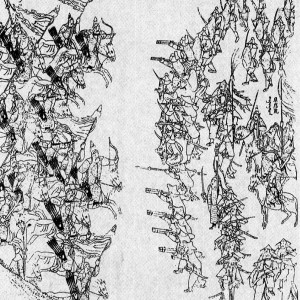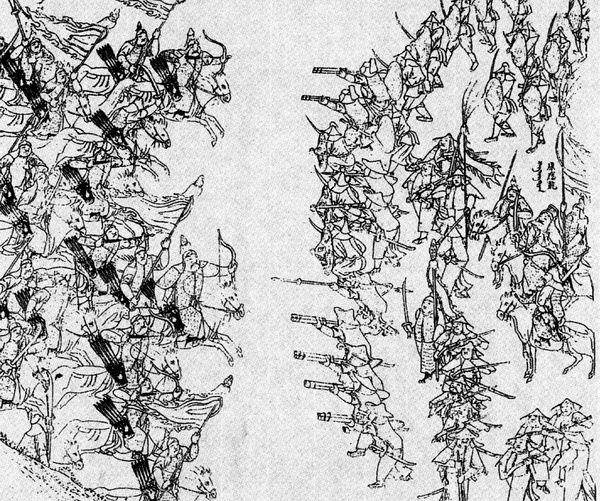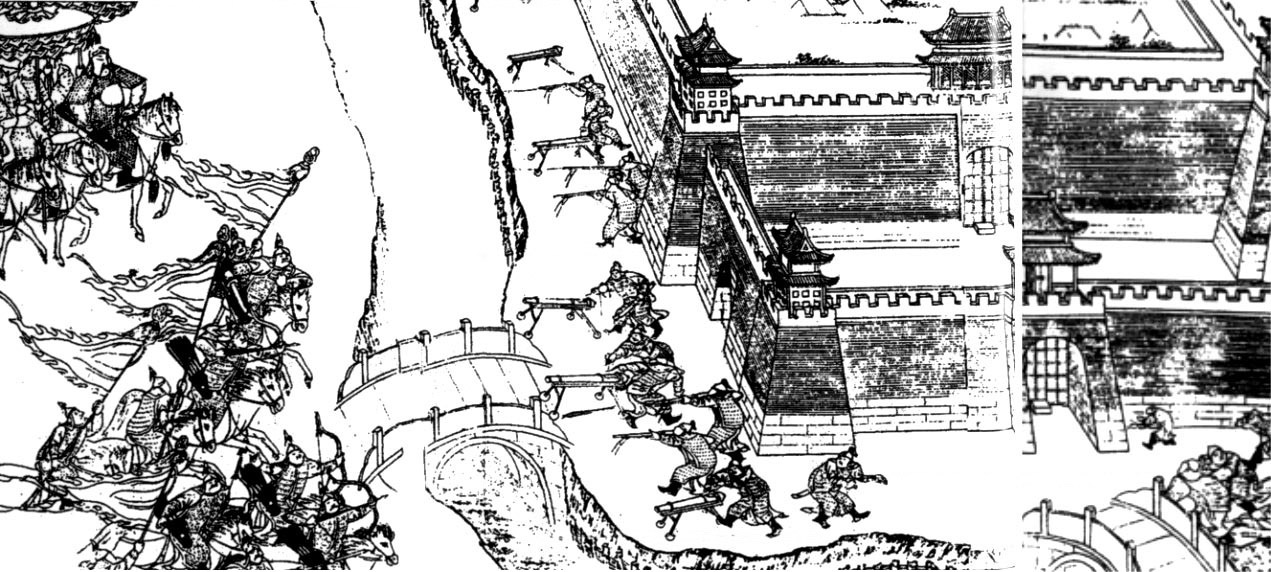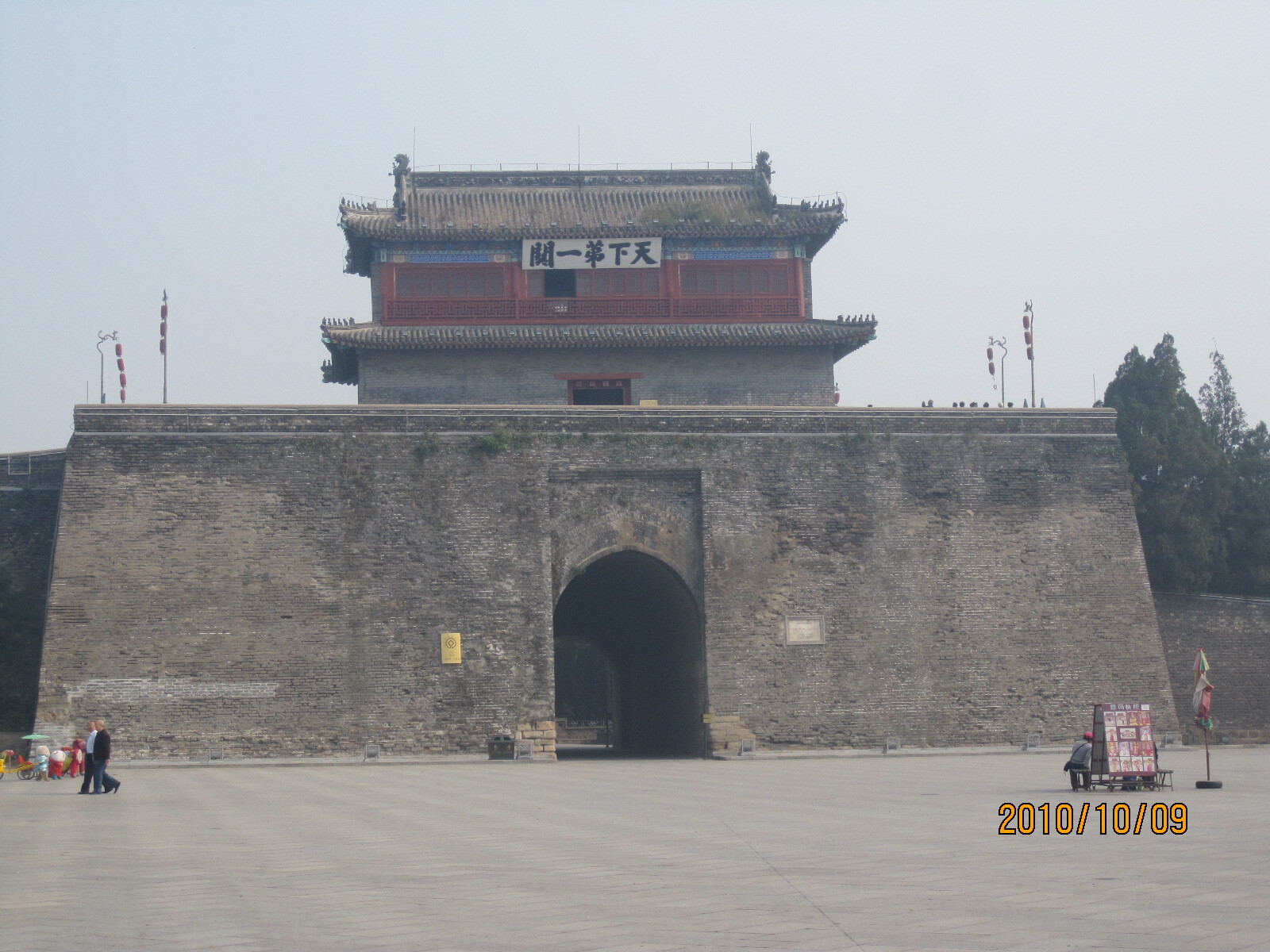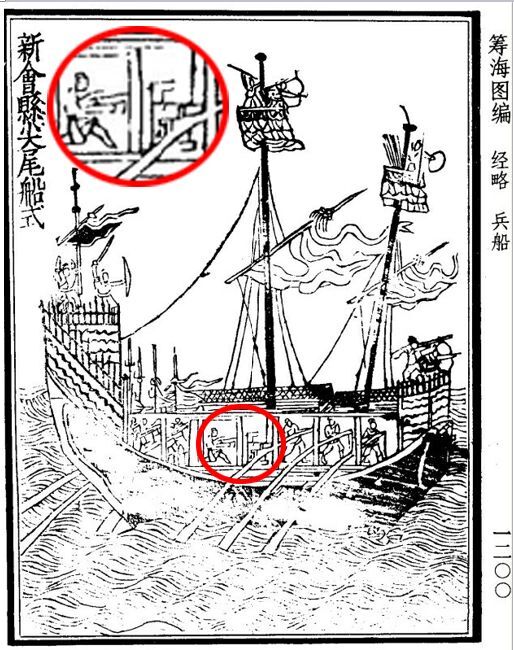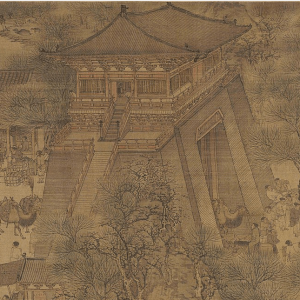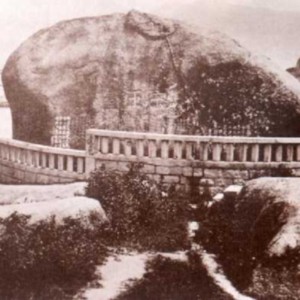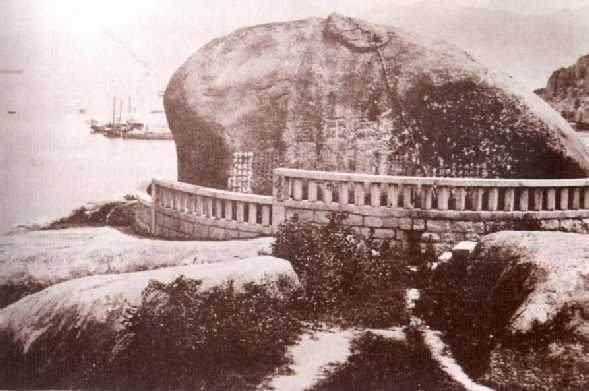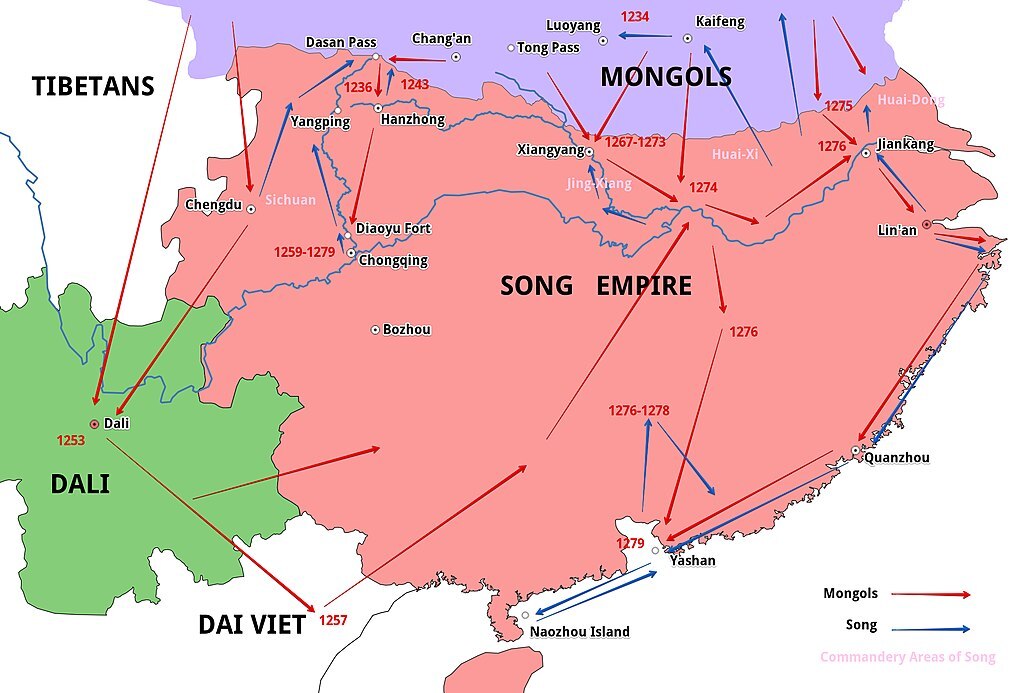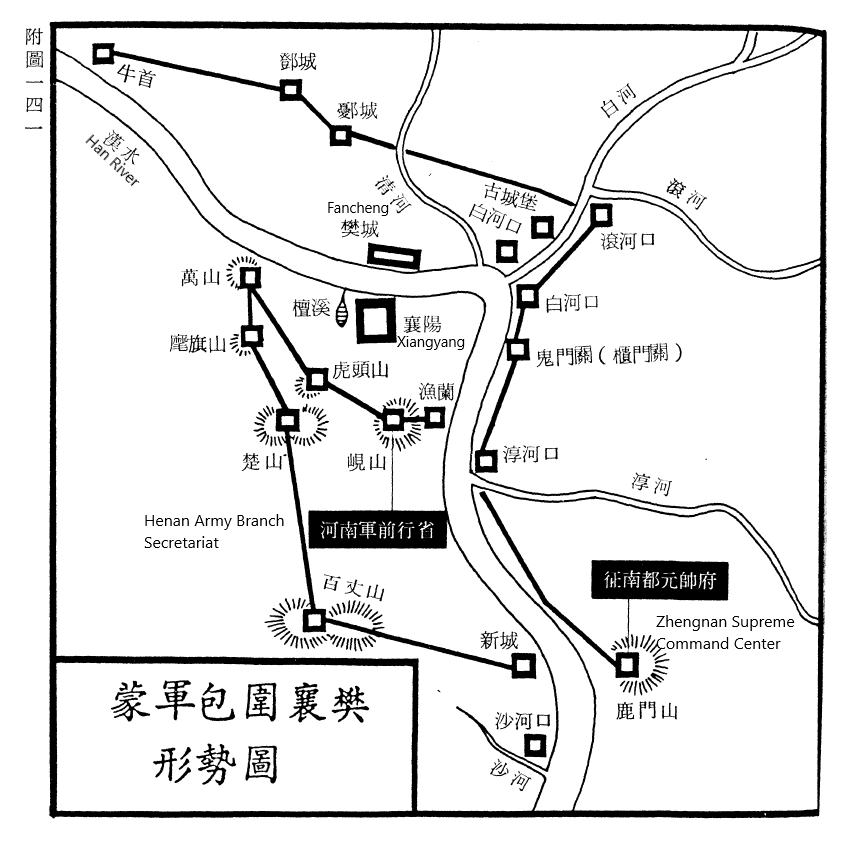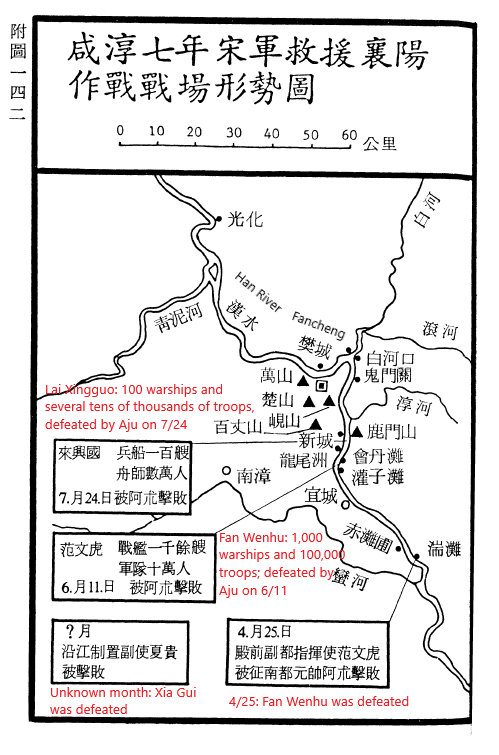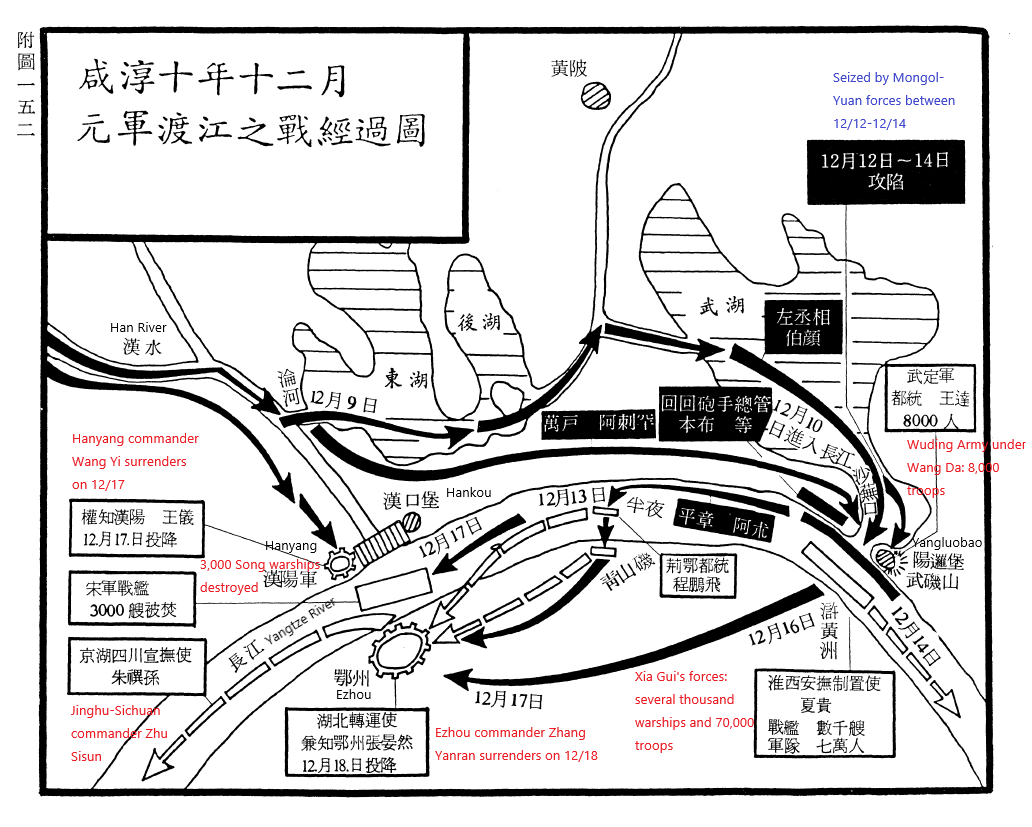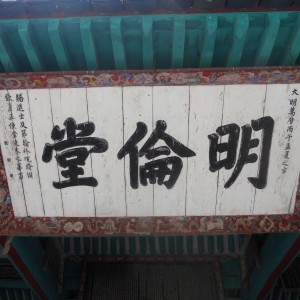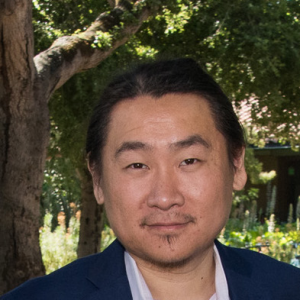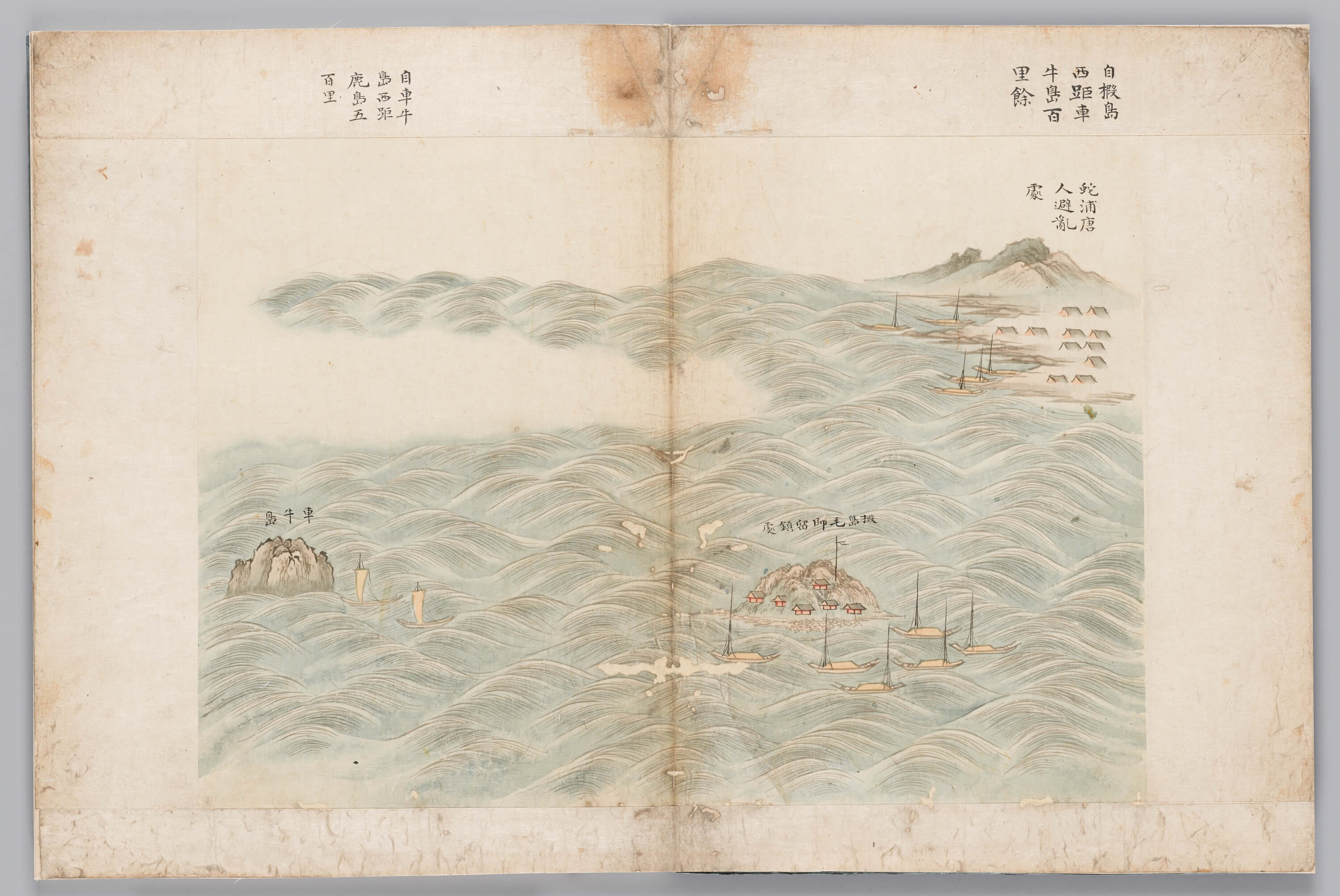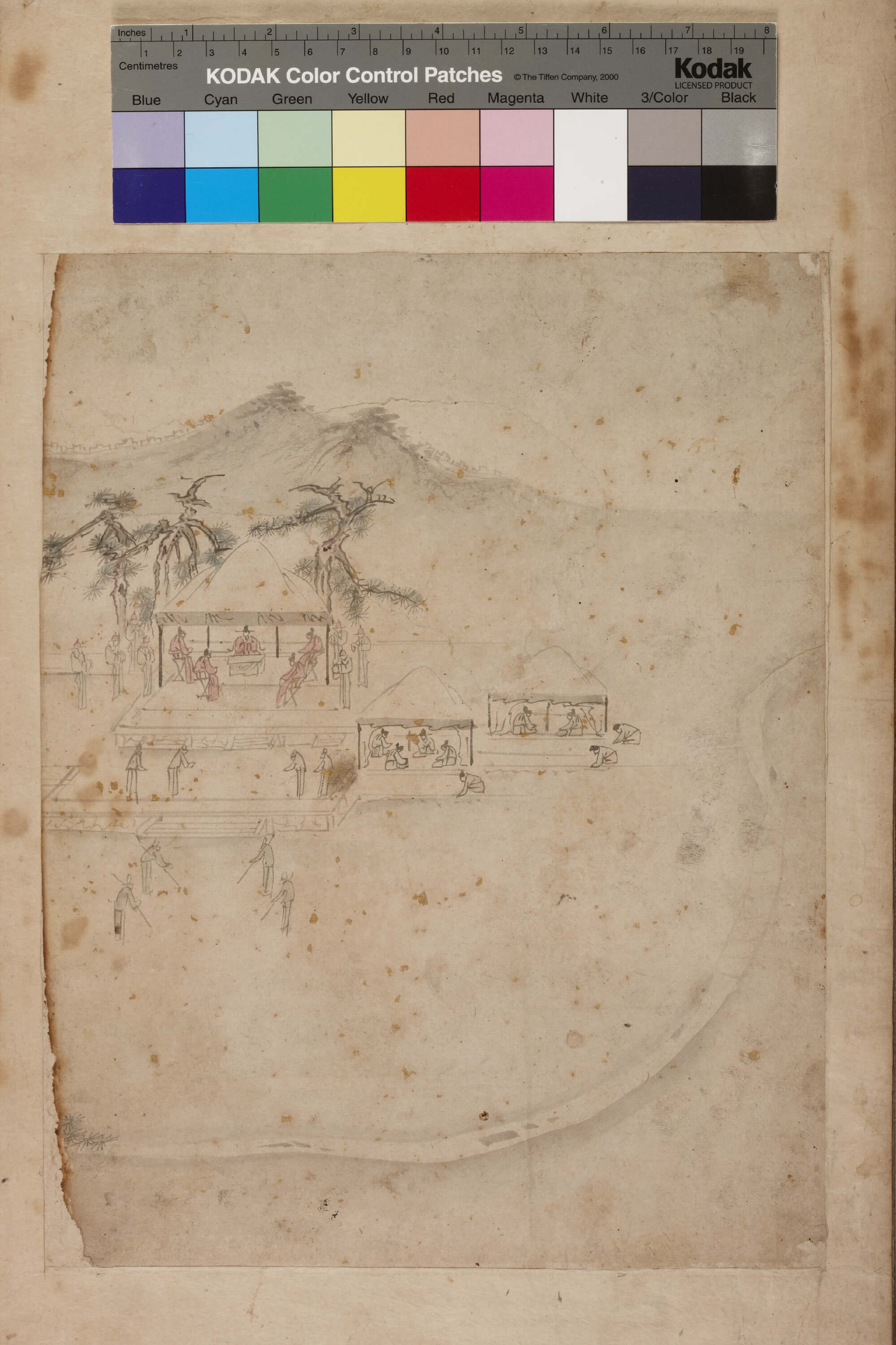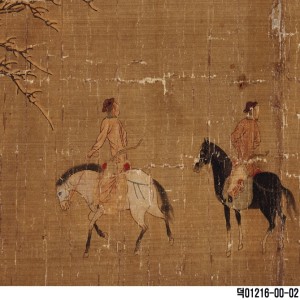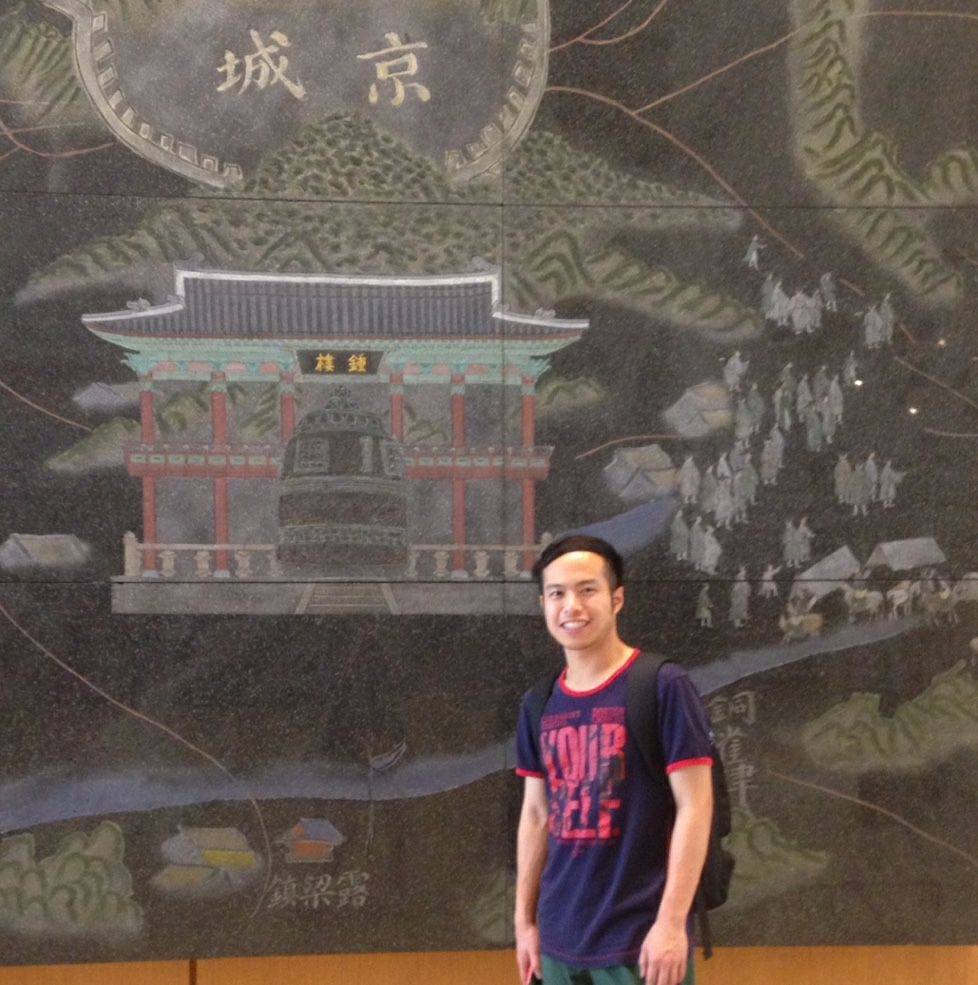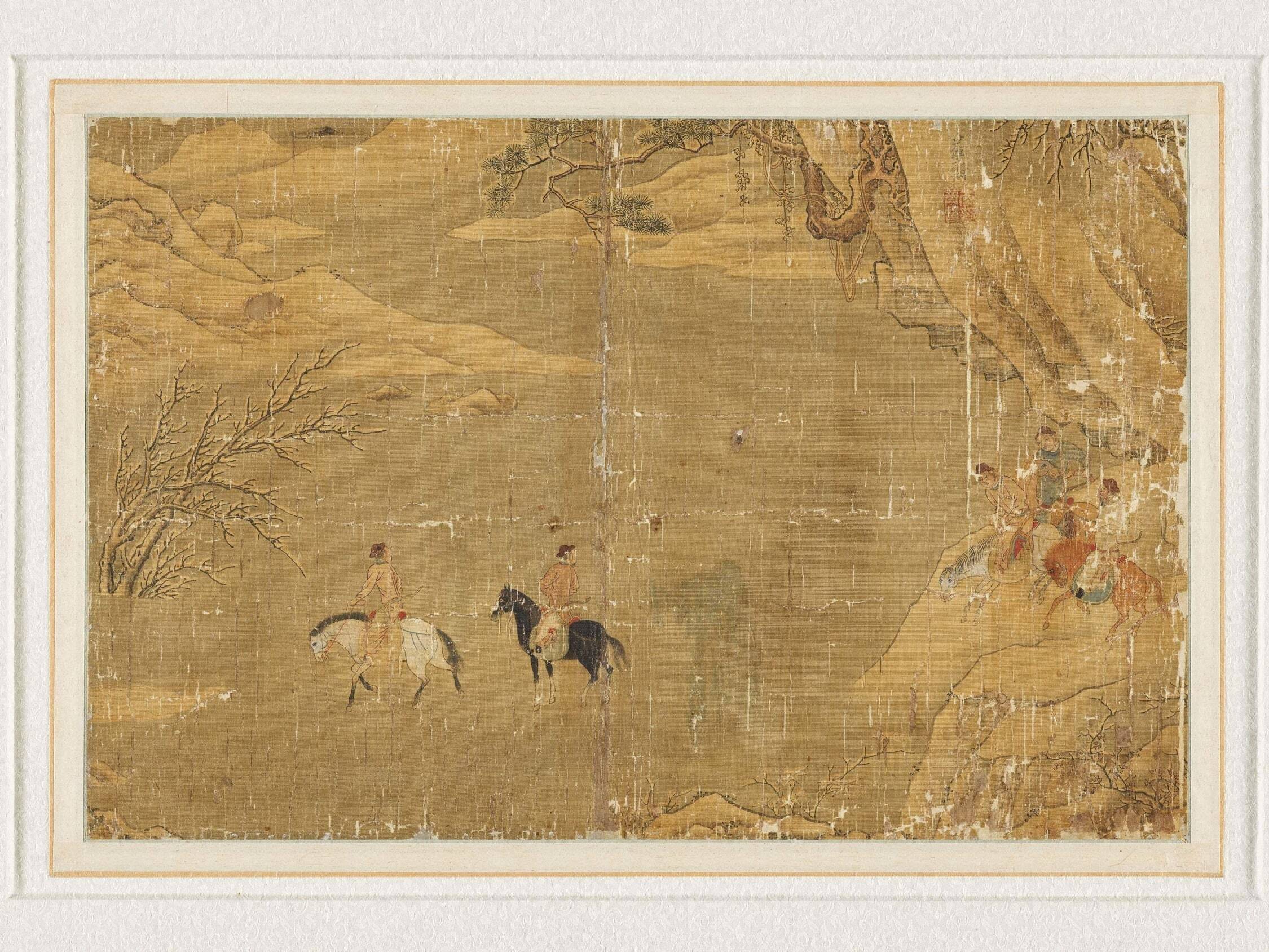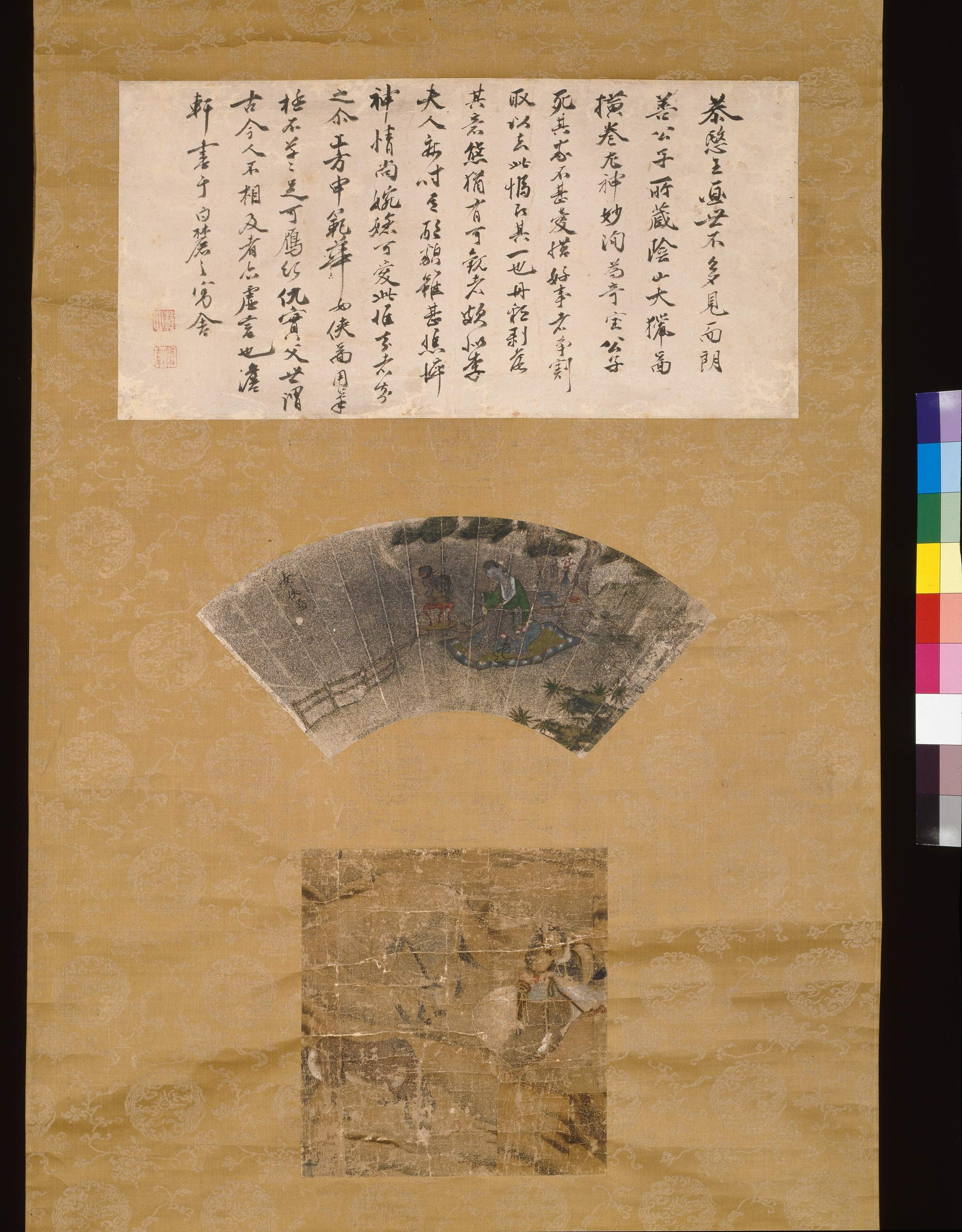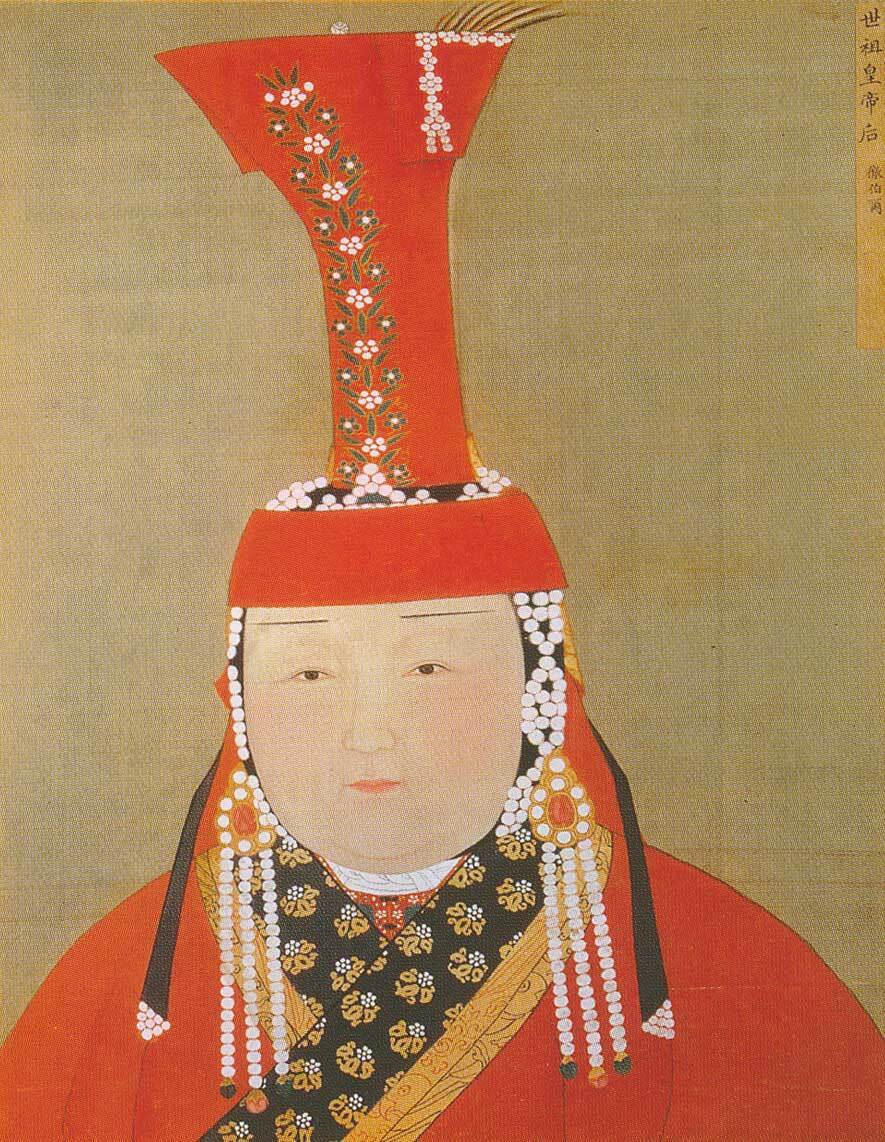The Northern Song (960-1127) capital city of Kaifeng (also known as Bianjing or Dongjing) was the largest city in the medieval world. Its population surpassed the previous capitals of Chang'an and Luoyang and dwarfed contemporary world cities such as Baghdad and Constantinople. At its peak, Kaifeng boasted a population of well over a million people and was home to hundreds of thousands of soldiers. It was also the central node of vast transportation network consisting of rivers, canals, and roads and as a result became a huge commercial center. It's wealth and prosperity has been immortalized in the famous painting Qingming shanghe tu (清明上河圖), which offers various depictions of daily life in the bustling city. Yet at what cost was this prosperity achieved? How was this vast city supplied? How did Kaifeng's consumption, and by extension the Northern Song's rapid economic and technological development as whole, impact the environment and change ecological features? And in our own age of climate change, what lessons can we draw from the history and experience of Song Kaifeng? To answer these questions, we interviewed Dr. Yuan Chen, an environmental historian of premodern China with a focus on Song Kaifeng, who will talk to us about the fascinating history of Kaifeng during the Northern Song and Kaifeng's broader impacts on China.
Note: We apologize for some minor audio distortions in the interview.
Contributors
Yuan Chen

Yuan Chen is a Postdoctoral Associate at the Franklin Humanities Institute & Global Asia Initiative at Duke University. She received her PhD from Yale University and was also a Visiting Professor at Boston College. Her current research focuses on the environmental history of premodern and early modern East Asia, and she is working on a book manuscript that seeks to explore the environmental changes of Middle Period China from the view of the imperial capital of Kaifeng and Kaifeng’s ecological and economical connections with its diverse supplying regions in China and beyond. Her works have been published in several historical journals, and her teaching interests include Chinese history, Tokugawa Japan, early modern global history, environmental history, and the Silk Road.
Yiming Ha

Yiming Ha is a Ph.D. candidate in the Department of History at the University of California, Los Angeles. His current research is on military mobilization and state-building in China between the thirteenth and seventeenth centuries, focusing on how military institutions changed over time, how the state responded to these changes, the disconnect between the center and localities, and the broader implications that the military had on the state. His project highlights in particular the role of the Mongol Yuan in introducing an alternative form of military mobilization that radically transformed the Chinese state. He is also interested in military history, nomadic history, comparative Eurasian state-building, and the history of maritime interactions in early modern East Asia. He received his BA from UCLA and his MPhil from the Hong Kong University of Science and Technology.
Credits
Episode No. 6
Release date: January 12, 2021
Recording location: Chicago, IL/ Los Angeles, CA
Transcript
Bibliography courtesy of Dr. Yuan Chen
Images
Map of Kaifeng, c. 1100 (Image Source: West, Spectacle, Ritual, and Social Relations.")
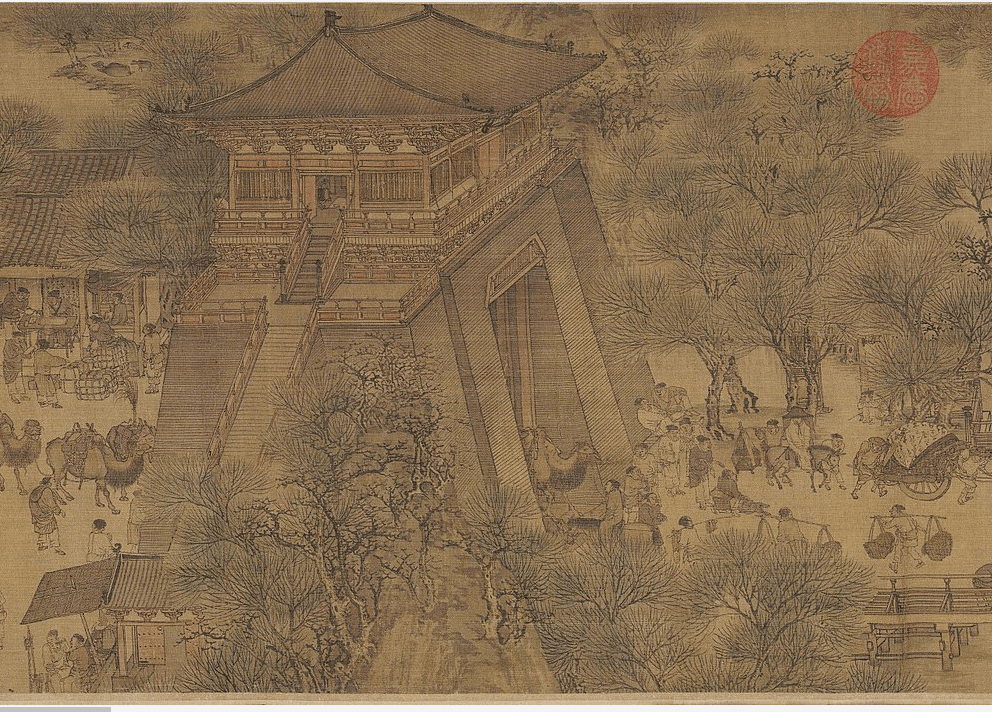
Cover Image: City Gate of Kaifeng, as depicted in the Qingming shanghe tu (view full painting here).
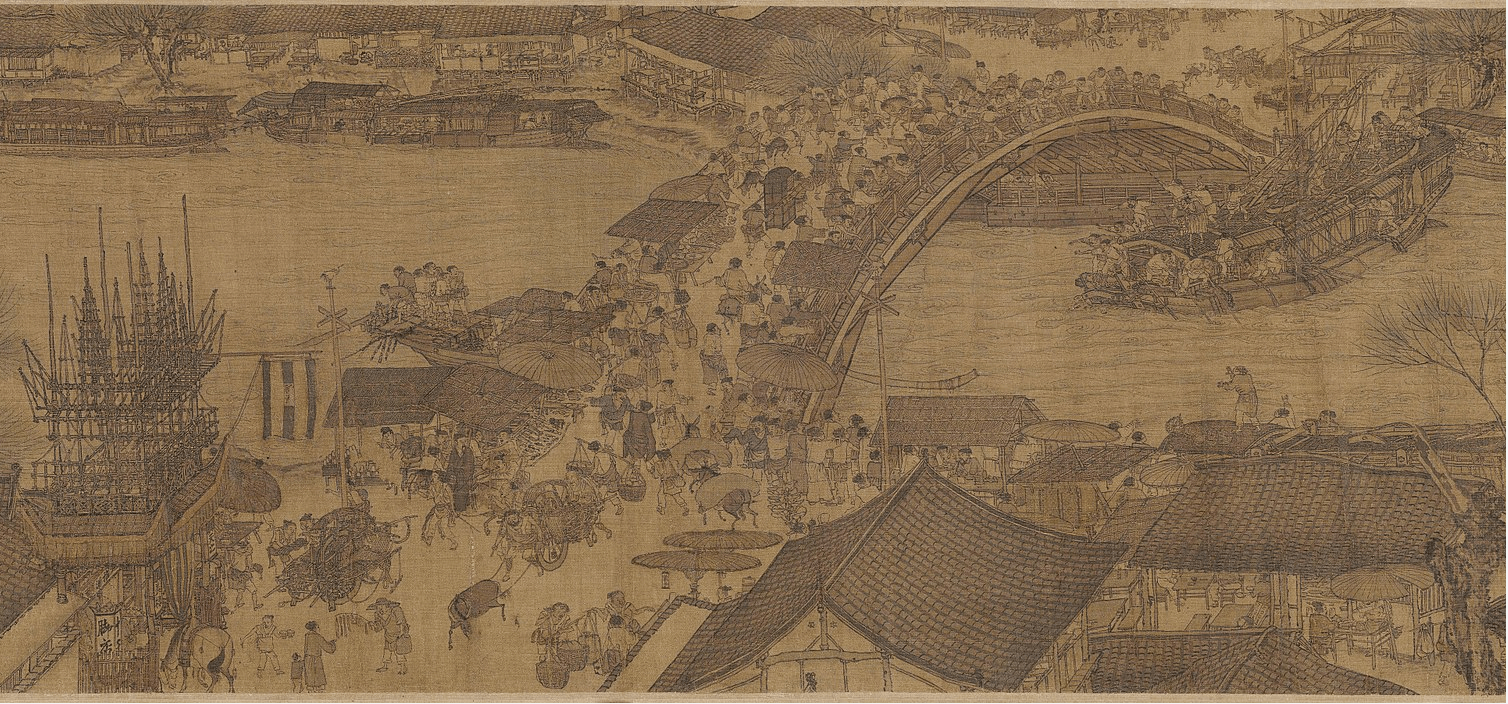
The famous bridge scene in Qingming shanghe tu (view full painting here).
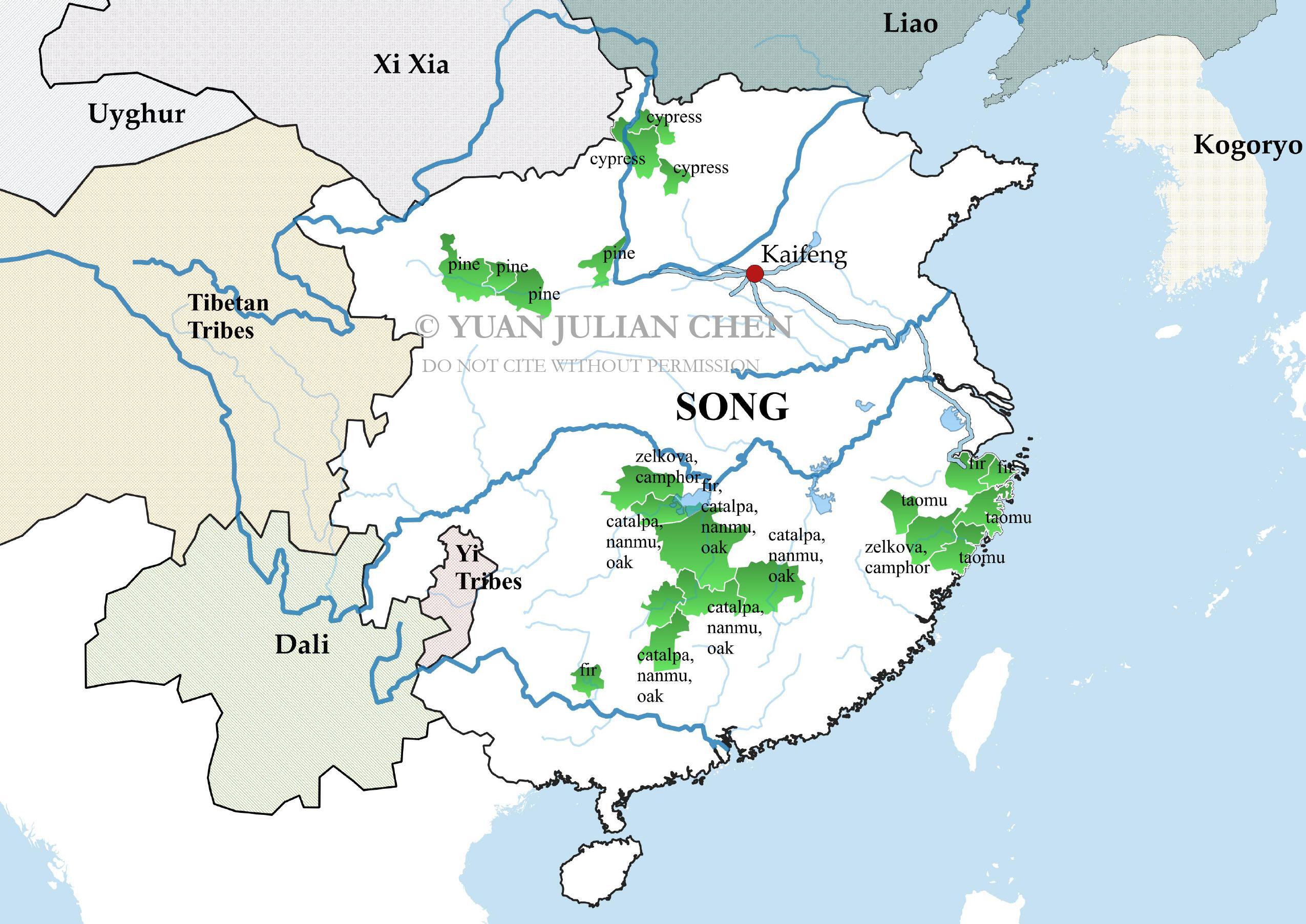
Supply of timber for the construction of the Yuqing Temple (Image Source: Chen, "China’s Song-dynasty Capital of Kaifeng and its Hinterlands."). Reproduced here with permission from author. Please do not cite without permission.
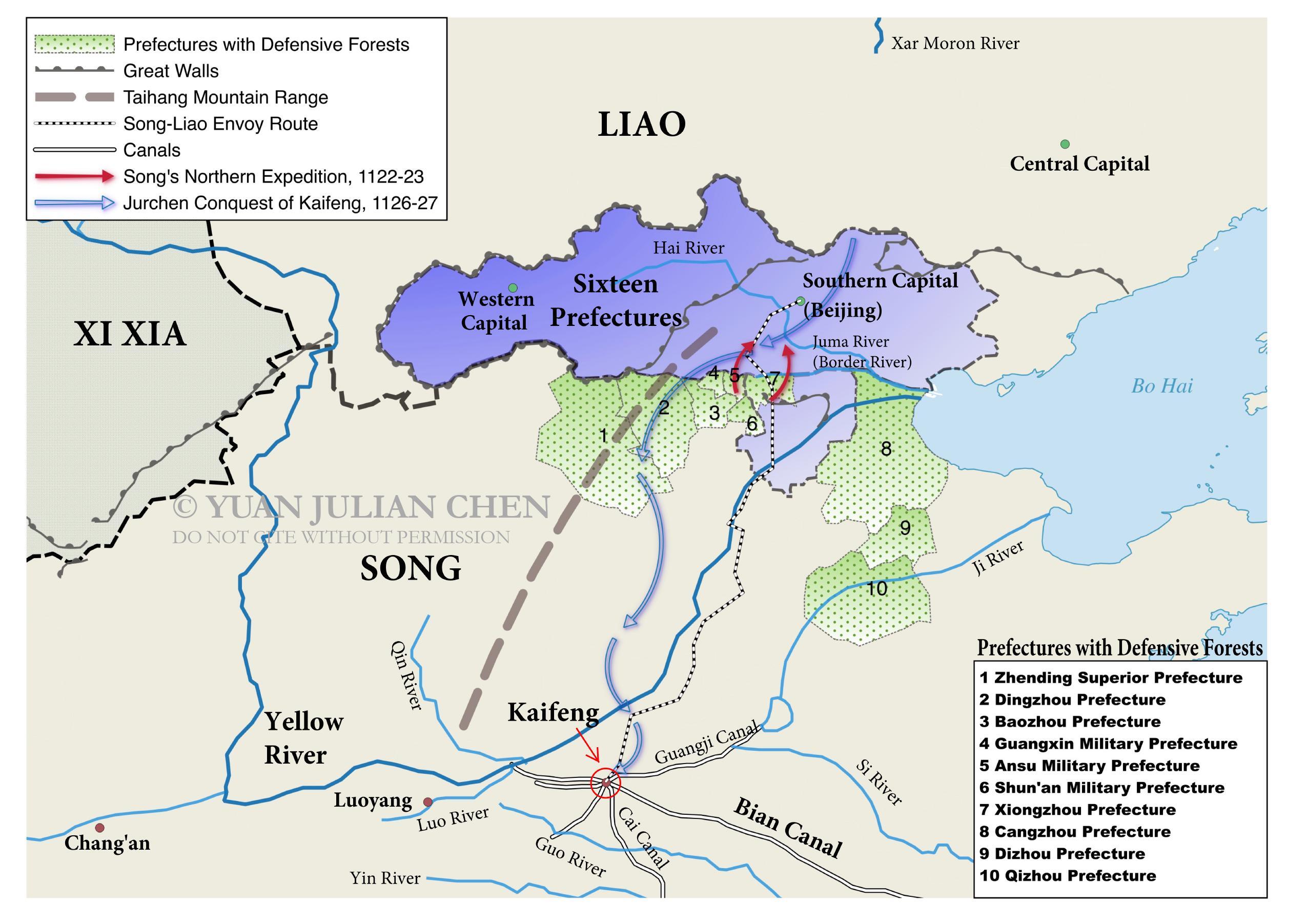
Song defensive forest in the north along its border with the Khitan Liao (Image Source: Chen, "Frontier, Fortification, and Forestation") Reproduced here with permission from author. Please do not cite without permission.
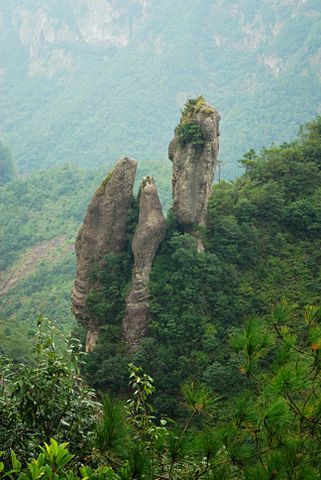
Rock formation in Yandang Mountain, as seen today (Image Source).
For a map of Northern Song Kaifeng, please see here (map in Chinese).
Select Bibliography:
Chen, Julian Yuan. "China’s Song-dynasty Capital of Kaifeng and its Hinterlands: An Environmental History, 960-1127). PhD. diss. Yale University, 2020.
_____. "Frontier, Fortification, and Forestation: Defensive Woodland on the Song–Liao Border in the Long Eleventh Century." Journal of Chinese History Vol. 2, Special Issue 2 (2018): 313-334.
Kubota Kazuo. Sōdai Kaifū no Kenkyū [Research on Kaifeng in the Song Dynasty]. Tōkyō: Kyūko shoin, 2007.
Levine, Ari Daniel. “Walls and Gates, Windows and Mirrors: Urban Defences, Cultural Memory, and Security Theatre in Song Kaifeng.” East Asian Science, Technology, and Medicine 39 (2014): 55–118.
Liu Chunying. Bei Song Dongjing cheng yanjiu [The Eastern Capital of Northern Song]. Beijing: Kexue chubanshe, 2004.
Schaab-Hanke, Dorothee. Kaifeng Around 1120: Kaifeng Around 1120 The Dongjing Meng Hua Lu by Meng Yuanlao: An Annotated Translation. Großheirath: Ostasien Verlag, 2011.
Tsui, Lik Hang. “Complaining About Lived Spaces: Responses to the Urban Living Environment of Northern Song Kaifeng.” Journal of Chinese History 2.2 (2018): 335-353.
West, Stephen H. “Spectacle, Ritual, and Social Relations: The Son of Heaven, Citizens, and Created Space in Imperial Gardens in the Northern Song.” In Baroque Garden Cultures: Emulation, Sublimation, Subversion, edited by Michel Conan, 291–321. Washington, DC: Dumbarton Oaks, 2005.
Zhou Baozhu. Song dai Dongjing yanjiu [The Eastern Capital of the Song dynasty]. Kaifeng: Henan daxue chubanshe, 1992.


